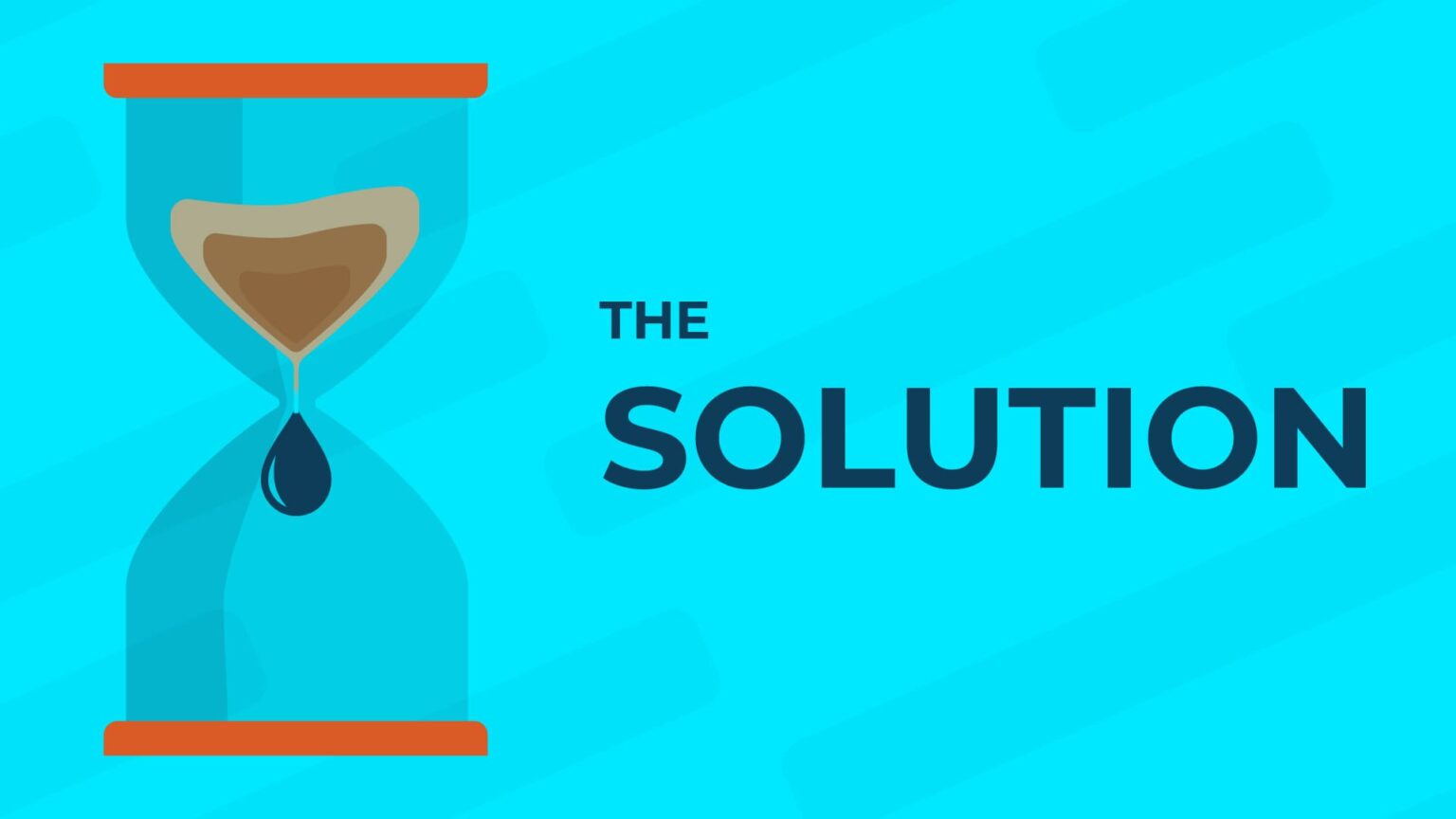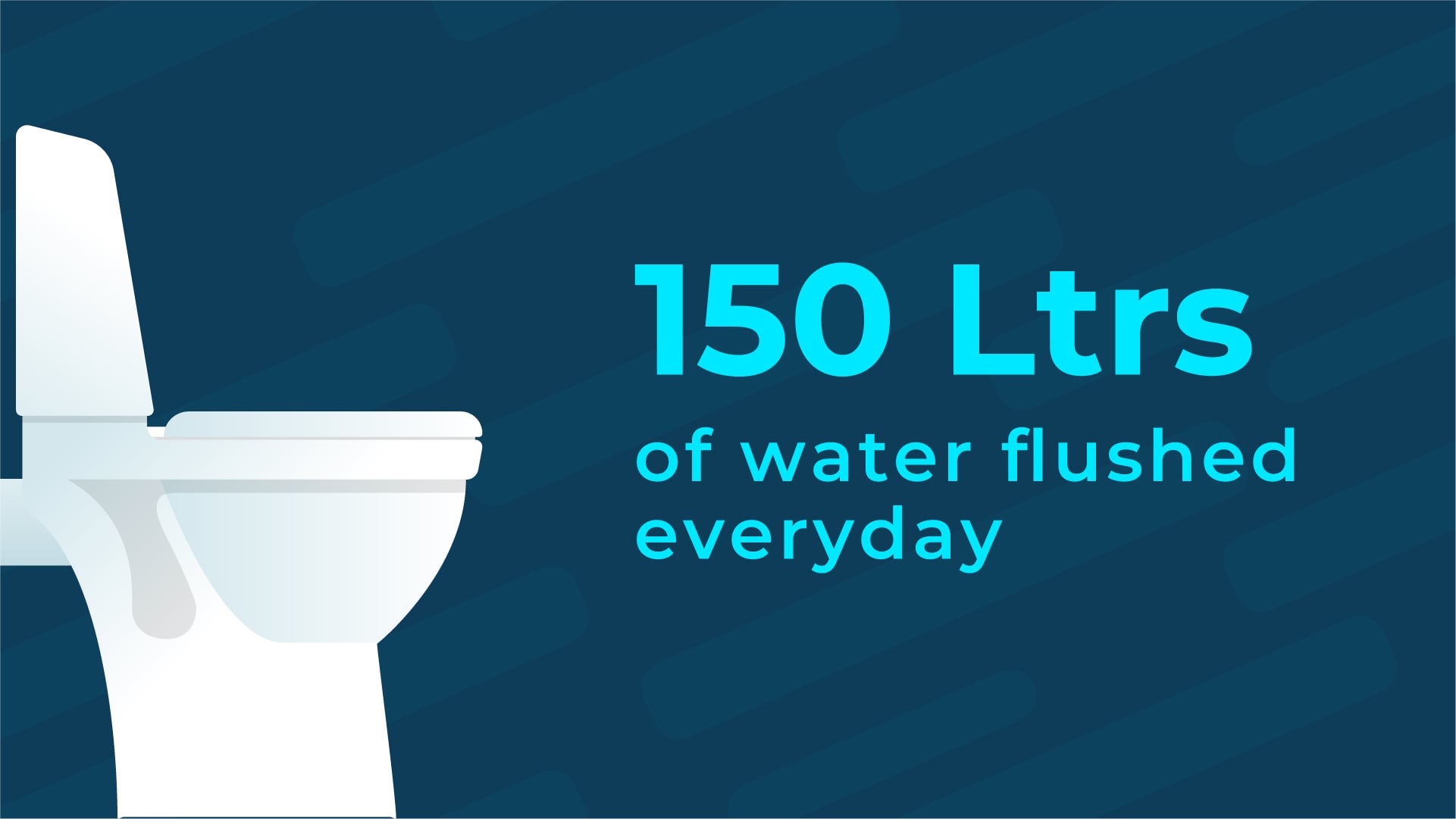If you are reading this piece of information, you are probably a Bangalorean either by birth or by karma. Whatever may be the case, we all love our city. And love it so much, that we proudly say “Once a Bangalorean, always a Bangalorean”.
But, come summer, we are struck by one of the major problems of the city. Yes, we are talking about the shortage of water. Water is one of the basic needs of life. However, like many metro cities of the country, Bangalore faces water scarcity all through the year. And to make situations worse, it is magnified in the summers.
The increasing population is one, but there are multiple reasons for it.
Why does Bangalore face water scarcity?
1. Lack of widespread water utility services in the city.
The BWSSB has still not been able to lay its water pipes in the outer zones of Bangalore. The worst-hit among these are Bellandur, Singasandra, Ramamurthy Nagar, Byatarayanapura, Jakkur, and Devarabisanahalli. These areas are highly dependent on tanker water supply.
2. Non-implementation of water schemes rolled out by the government.
Each government at the beginning of its term claims to be determined to solve the water problem in the city. However, most of the drinking water and sanitation schemes are not able to see the light of the day.
3. High dependency on rainwater.
The major water reservoirs of Krishnaraj Sagar (KRS) and Kabini that feed Bangalore along with other dams and reservoirs in the state have live storage of up to 20% of their capacity. In the given situation, the state has just enough water for drinking to last for one season only.
4. Encroachment into natural water bodies.
The concrete jungle that Bangalore is converting into, is at the cost of its beautiful water bodies. We are now living in our lakes and tanks and are still searching for the natural beauty of the city.
5. Overexploitation of groundwater.
With natural water bodies being encroached, the only source of water available in most parts of the city is groundwater. The population is dependent on it for drinking, washing, and landscape management too. The available water is not reused enough and wasted in drains.
6. Depleting water levels in borewells.
Borewells are now dug as deep as 800-900 feet in search of water. Whereas, a couple of decades ago, it was common to find water at a depth of 150-200 feet.
7. Localized distribution network problem.
In the absence of the water utility services of the government, the population is left with no choice but the use of tanker water. The supply through the tankers is unregulated and mismanaged. The whole channel is unregulated in terms of sourcing, sanitization, availability, and pricing.
8. Failed Monsoon.
The world is undergoing a massive climate change. So is India, Karnataka and of course Bangalore. The major impact of this change is failed monsoons. The city does not get enough rain to recharge its groundwater. The city has already almost exhausted its fossil water reserve. Now the dependency is on rainwater which in itself is scarce.

What can be done?
At the macro level, there are a few initiatives that citizen groups and institutions can take up to reduce wastage of water and promote recharging of groundwater:
of groundwater:
● Shift from flood irrigation to micro-irrigation.
About 80% of the freshwater demand comes from the agricultural sector. It is time that farmers do away with the conventional flood irrigation system and switch over to a more efficient drip irrigation process. If it serves as an impetus, drip irrigation has been found to be upto 95% efficient in water application whereas, flood irrigation is only able to manage 40% efficiency. The remaining water is not only wasted, but it also erodes a lot of soil and its nutrients along with it.
● Reuse of sewage water.
We agree that laws have been passed for societies to have sewage treatment plants. But the question to be asked here is, how many actually do so and use it fruitfully? An average nuclear family in Bangalore uses about 150 litres of water per day to flush their toilets. Imagine recycling this water and pushing it back into the flush. Each household would be saving 4500 litres of water just by single reuse. This water can further be used for outdoor washing and gardening purposes as well.

● Filling up of tanks and lakes with treated sewage water.
We need to stop encroaching upon lakes and tanks to create concrete empires. The already encroached water bodies need to be reclaimed and de-silted for viability. While rainwater must be channelized into these lakes, it is a good idea to fill them up with adequately treated sewage water.
Did you know that every drop of water can be used up to 5 times? Yes, it is true.
While societies and governments are busy setting up water utility facilities to combat scarcity, we as individuals can also do our bit. And while we do so, we must remember that the cause is more personal than social. Here are a few tips to manage the household water wastage:
● Save the shower water.
While we wait for the warm water from the geyser to flow in, a lot of water just goes down the drain. Place a bucket in the shower to save it. Also, while showering, a bucket in front can hold a lot of water from just flowing away. Use it to flush the toilet and clean the bathroom.
● Close the tap while brushing your teeth.
Most of us are guilty of leaving the tap open while we brush our teeth. Instead, close the tap when not in use. It would be even better if you could use a cup to rinse, this will save a few more litres of water each day.
● Reuse water from half-empty drinking bottles.
We buy packaged water when travelling outside of our homes. But we essentially do not drink it all. The half-empty bottles are thrown off as is or the water just goes down the drain. The same is with the bottles we use at home. Instead, this water could be used to water plants in your house.
● Reuse water from the water purifier.
The grains, fruits and vegetables are treated with a lot of pesticides and preservatives. We must wash them well before use. We all know that and practice it as well. But where does that water go, in the drains? Why not use it in your plants or to clean the toilet.
● Fix the leak.
Last but not the least, fix that leaking faucet, right now. A leaky faucet drains over 500 litres of water while you wait for another weekend to repair it.
Conclusion:
As citizens, it is our duty to save and protect the most important natural resource available. While we do our bit, someone out there is trying to do their bit to make our lives easier.
Tankerwala, India’s largest network of water tanker suppliers has established a new milestone of convenience by its online tanker booking services. Not only can you book through the app but also take advantage of competitive pricing and order tracking facilities. Moreover, the tanker arrives at your doorstep within 45 minutes of booking. Customers can confirm delivery through an OTP and later pay electronically through card, internet banking or e-wallets. Customers can also pre-schedule their orders to avoid any last minute rush.
Download, book and relax. Your order will be delivered.


